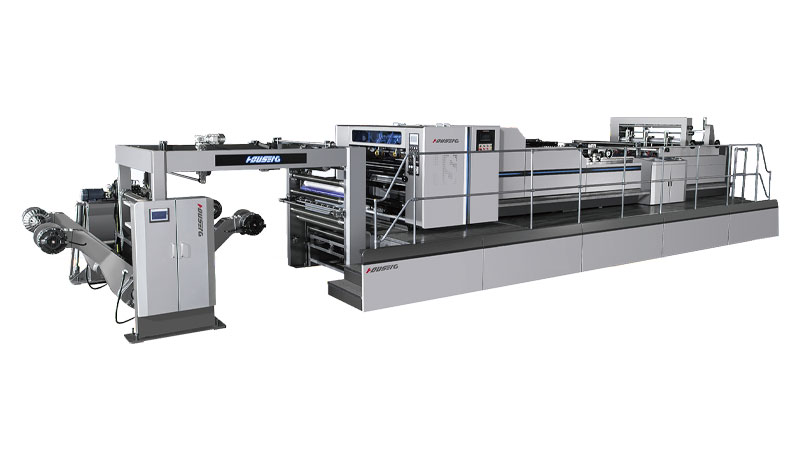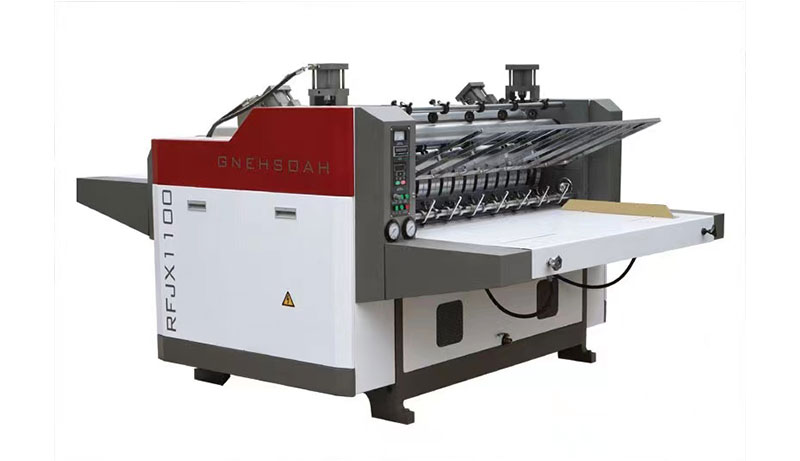High Precision Sheet Cutter: What is Sheet Cutter?
In modern manufacturing and processing industries, sheet cutters have become essential equipment for handling various flat materials. Among them, high precision sheet cutters stand out for their ability to meet strict accuracy requirements, making them a top choice for businesses pursuing efficiency and quality. This article will break down what a sheet cutter is, the key advantages of high precision models, and their practical applications across industries.
1. What Exactly is a Sheet Cutter?
A sheet cutter is a specialized machine designed to cut flat materials (known as “sheets”) into specific sizes or shapes. Unlike general-purpose cutting tools, it is optimized for consistency and efficiency, adapting to different material thicknesses and types. There are three main categories of sheet cutters, each serving distinct needs:
•Manual sheet cutters: Ideal for small-batch operations or low-volume tasks. They rely on human force to operate, with simple structures and low cost. However, they lack the accuracy needed for high-demand projects and are not suitable for thick or hard sheets.
•Semi-automatic sheet cutters: Combine manual setup with automated cutting. Operators only need to position the sheet, and the machine handles the cutting process. This type balances cost and efficiency but still falls short in precision compared to high-end models.
•High precision sheet cutters: The most advanced category, equipped with digital control systems (such as CNC) and high-precision blades. They can achieve extremely small cutting tolerances, ensuring each piece meets uniform standards. This is where high precision sheet cutters excel, especially for industries requiring strict quality control.
2. Key Advantages of High Precision Sheet Cutters
For businesses that cannot compromise on accuracy, high precision sheet cutters offer unique benefits that set them apart from standard models. These advantages directly address pain points like material waste and inconsistent output:
•Superior accuracy: High precision sheet cutters can maintain tolerances as tight as a few hundredths of a millimeter, depending on the material. This eliminates errors caused by manual operation, ensuring every cut piece matches design specifications—critical for industries like electronics or aerospace parts manufacturing.
•Increased efficiency: Automated systems allow high precision sheet cutters to work continuously for long periods, with faster cutting speeds than manual or semi-automatic models. This reduces production time and boosts overall output, especially for large-batch orders.
•Reduced material waste: Precise cutting means less scrap material. High precision sheet cutters optimize the cutting path (often via built-in software), maximizing the use of each sheet. This lowers material costs, a significant saving for businesses working with expensive materials like stainless steel or specialty plastics.
•Wide material adaptability: Unlike some cutters limited to specific materials, high precision sheet cutters can handle a range of sheets—including metal, plastic, paper, and composite materials. They adjust cutting pressure and speed based on material properties, making them versatile for multi-product factories.
3. Industries That Rely on High Precision Sheet Cutters
High precision sheet cutters are not limited to one sector; their versatility and accuracy make them indispensable across multiple industries. Here are three key fields where they play a vital role:
•Manufacturing industry: In automotive part manufacturing, high precision sheet cutters are used to cut metal sheets for components like body panels or internal parts. Even tiny deviations can affect product performance, so the precision of these cutters ensures parts fit perfectly during assembly.
•Packaging industry: For custom packaging (such as gift boxes or food packaging), high precision sheet cutters create uniform shapes and sizes. This consistency enhances the professional appearance of packaging and ensures it meets safety standards (e.g., secure sealing for food products).
•Printing and advertising industry: When producing large-format signs, banners, or display boards, high precision sheet cutters trim printed sheets to exact dimensions. This avoids uneven edges and ensures the final product looks polished, which is crucial for brand image.
Conclusion
In summary, a sheet cutter is a versatile tool for cutting flat materials, with high precision sheet cutters representing the top tier for accuracy and efficiency. Their ability to deliver consistent results, reduce waste, and adapt to various materials makes them a valuable investment for businesses aiming to improve quality and productivity. Whether in manufacturing, packaging, or printing, high precision sheet cutters solve core operational challenges and drive long-term value.
Ready to explore how a high precision sheet cutter can elevate your production process? Reach out to HAOSHENG for a customized recommendation—we’ll help you select the right model based on your material type and output needs.




